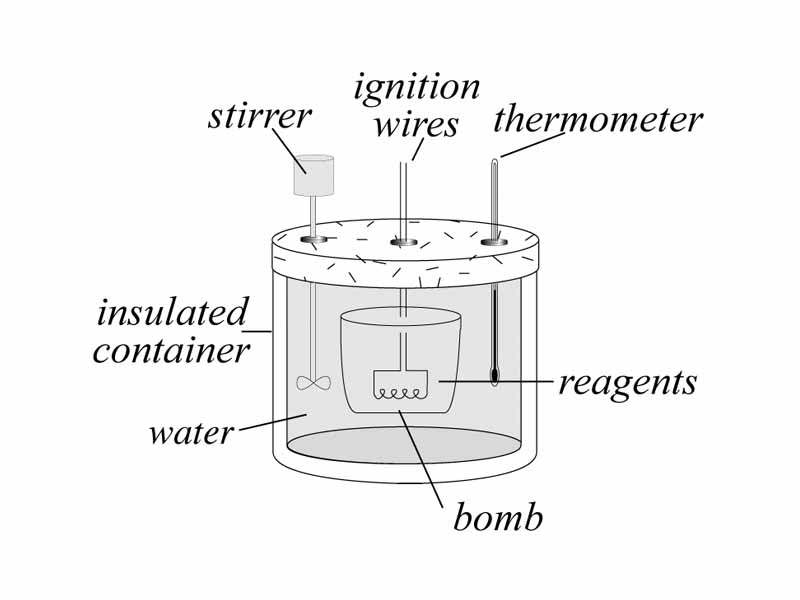If a chemical system undergoing a chemical change does not undergo a change in volume, then the system is not performing pressure-volume work. In this case, the internal energy change and the enthalpy change will be equivalent; i.e. if the system is losing internal energy, it is not through the performance of pressure-volume work but heat flow must be occurring. In biochemistry, many chemical processes do not involve volume change (this is NOT true though, for processes that produce gases, such as the decomposition of carbonic acid). For processes that do not involve volume change, the internal energy change can 'stand in' for enthalpy change. The heat flow will equal the internal energy change, in other words. Furthermore, if the disorder of the system doesn't greatly change (entropy), then the internal energy change can be further used to stand in for free energy change. Chemists make this conceptual leap all the time, especially organic chemists, who say things like 'stabilized by induction', where the equivalence between internal energy and free energy is an underlying assumption (the electrostatic potential energy is lowered by induction, so the free energy must be lowered also, i.e. the lower energy form is favored by equilibrium). Overall, this is a healthy way to conceptualize chemistry, taking 'low energy' to mean 'stable', i.e. favored by equilibrium.
However, there are a few pitfalls involving complications of both the first and second laws of thermodynamics: firstly, internal energy change in a chemical process might differ from the enthalpy change by the amount of any thermodynamic work (pressure-volume work), so even if lower energy forms are being created, for example, if the system must expand against pressure, heat actually might need to flow into the system despite the loss of internal energy. Secondly, even if heat flow is occurring from the system into the surroundings, equilibrium may not favor the process if much greater order is being created within the system.
In summary, 'low internal energy' is definitely a good substitute for 'stable' unless the system has to do a lot of pressure-volume work to get to the final state or increase its degree of internal order.

